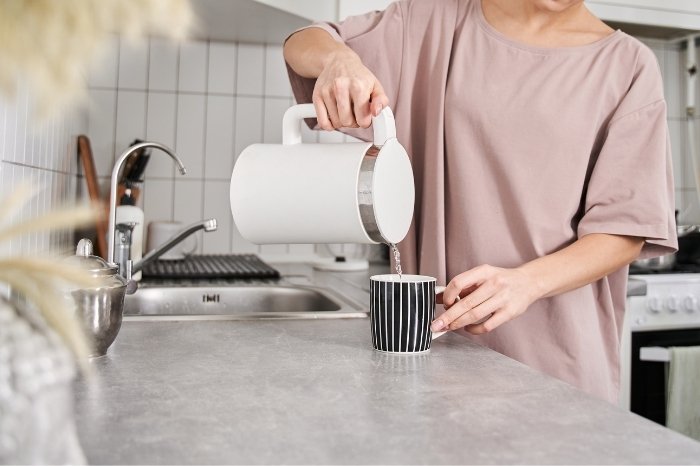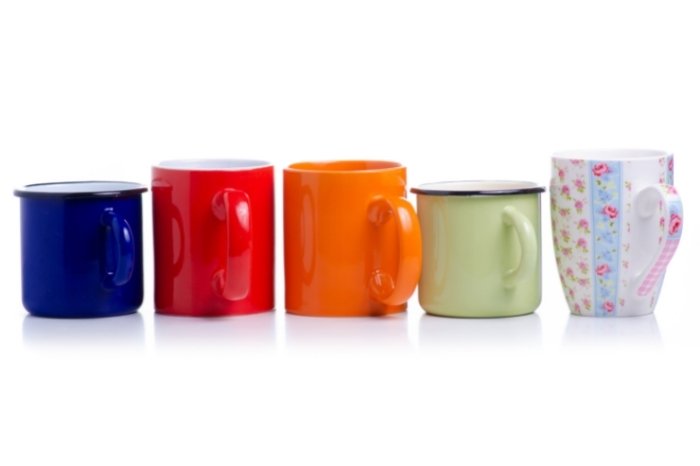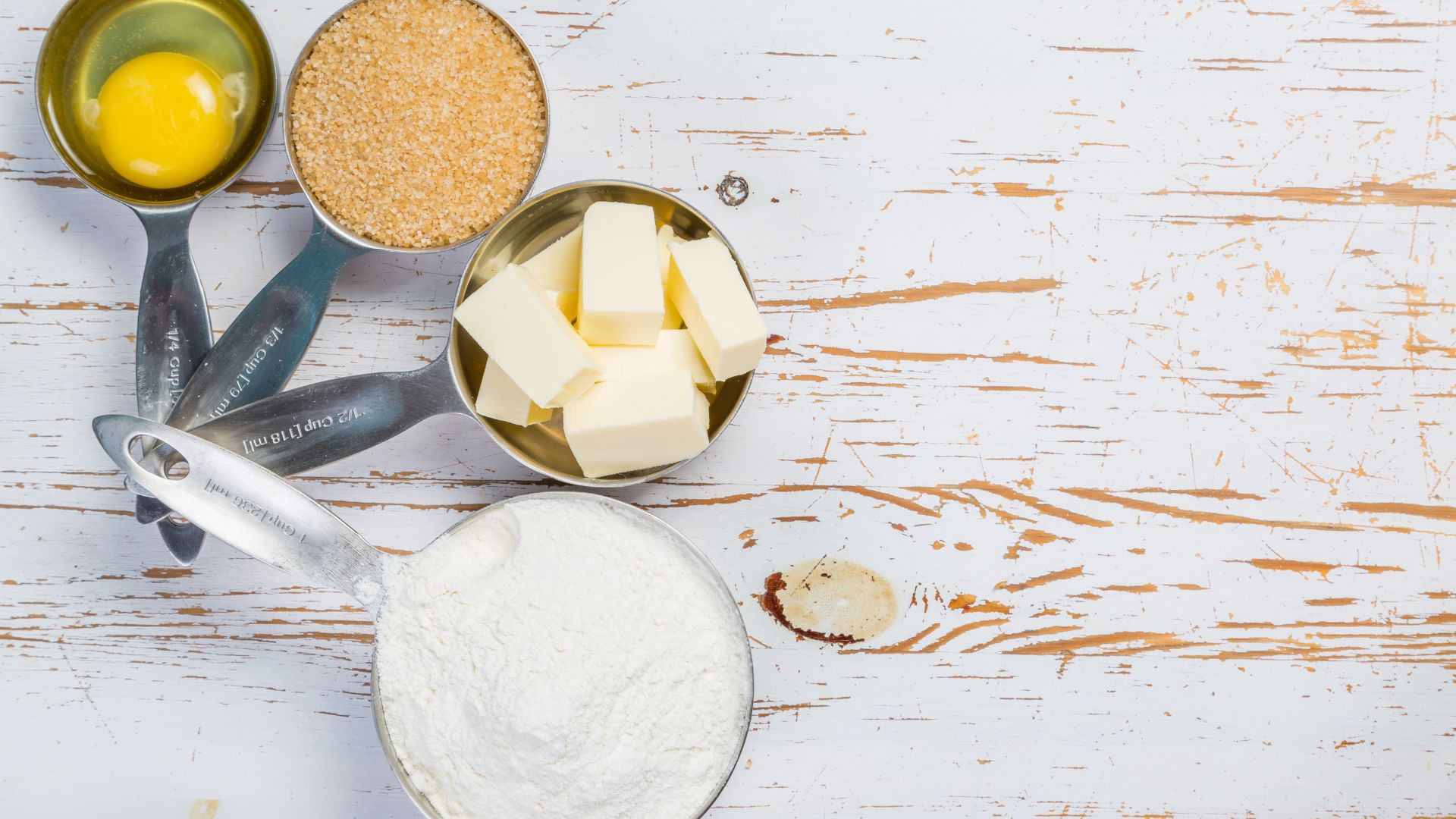Last Updated on February 6, 2023
How to measure water without measuring cups? Baking is science, as everyone knows. You measure every ingredient carefully. The main reason is that each one has a role in creating a certain recipe.
Moreover, the measurement of each ingredient is very important. Keep in mind that it determines the failure or success of a recipe. But unfortunately, not everyone has a set of measuring cups in their kitchens.
Whether they are new to baking, it is their first time venturing to bake, or misplaced their measuring cups. Fret not because there are still ways to measure your liquids without using a measuring cup. However, it is still best to invest in a set of measuring cups to have the best results. Though, keep in mind that there are approaches to solve your problem at the moment.
How to Measure Water Without Measuring Cups?
When you do not have measuring cups, you can measure any liquid using a standard coffee mug. For that reason, you may have to make allowances for the size of cups that you intend to use.
Also, avoid using an oversized coffee mug to replace your measuring cup. That is why it is best to look for the most standard-sized coffee mug in your kitchen. And use that to measure for all cup measurements.

Moreover, the ideal standard size of a coffee cup is about six to eight ounces. In that regard, when measuring and using a coffee cup, fill it up only to where it is suitable. Likewise, only fill it as suggested.
Furthermore, avoid filling it up to the rim or lip of the cup. So with that, fill it up like making your favorite three-in-one coffee. Remember, it would be best to note the amount of liquid you fill it with. And make that a standard measurement in measuring your liquids.
When Measuring Liquid Without Utilizing a Measuring Cup
The precise approach of measuring is an essential part of baking successfully. Remember that baking is different from cooking. You can always eyeball the liquid or water you put in your dish when cooking. In baking, it requires precision, and that is why you need to measure your liquids precisely. Doing this creates a successful cake or pastry. Consequently, failing to measure the right ingredients can cause a disaster.
Measure Liquid Without Measuring Cup
When measuring how much space something takes up, you refer to it as volume. Sometimes referred to as the standard form of measurement used by most baking recipes in the United States. Gallons, quarts, pints, cups, and fluid ounces are the most common units of volume an individual can use.
When measuring liquids using volume measurements, make sure to have an accurate set of liquid measuring cups. A coffee cup is not the same size as a measuring cup. In addition to that, a teacup is certainly not a mug.

In the United States, a cup of liquid is equivalent to 236.6 milliliters to 240 milliliters. And certain parts of the world like Australia, New Zealand, and Great Britain, equate a cup to 284 milliliters. The main reason is that they opt for mass measurements over volumes.
Here are some conversions of a cup to milliliters.
- 1/4 cup is equal to 59 milliliters
- 1/2 cup is equal to 112 milliliters
- 1 cup is equal to 237 milliliters
- 2 cups or 1 pint is equal to 473 milliliters
- One quart or 2 pints is equal to 946 milliliters which is approximately 1 liter.
- 1 gallon or 4 quarts is equal to 3,785 milliliters
Find Delicious Recipes by Clicking here:
Things to Consider: How to Measure Water Without a Measuring Cup
If you measure water, one fluid ounce weighs exactly as one ounce of weight. However, that ratio can change based on the density of what you are trying to measure.
But most of the time, a fluid ounce of liquid used in cooking will weigh close enough to an ounce. And for that reason, it will not affect the final results. However, it may be confusing at times. For instance, in the United States, an individual lists a dry ingredient in ounces. Bear in mind that it is in its unit of weight; you should always measure using a scale.
Additionally, you can measure a wet ingredient listed in ounces in a wet measuring cup. However, baking is an exception to this rule. In baking recipes, bakers list weights before volumes. That is why they should measure it by weight using a scale. Remember, using a scale in measuring wet or dry ingredients by weight is the most accurate. In addition to that, it is a consistent way to ensure success when baking.
Therefore, if you want to focus on baking, having a digital scale is ideal. So invest in a good reliable digital scale. The main reason is that it will save you from washing all those measuring cups and spoons. Also, here are several reasons why you should weigh your wet and dry ingredients using a digital scale.
Invest in a Digital Scale
First, it is more accurate. Because of that, you do not have to worry about compressibility problems if you measure by weight. Bear in mind that five ounces of all-purpose flour will always be five ounces of all-purpose flour. It applies no matter how much you weigh it in different bowls. Besides, any liquid in measurement will always be the same as well.
Also, measuring by weight only means that when you bake. Likewise, you follow a certain recipe. All the ingredients will have the same ratio. Likewise, it happens no matter how many times you recreate the recipe.
Second, it creates less mess. Measuring by weight will minimize the mess you are likely to create in the kitchen. It commonly occurs when using various measuring cups and measuring spoons. In addition to that, you will only need your bowls for your wet and dry ingredients. Also, it is convenient to use. You will only need a bowl and a scale to measure your ingredients and taring after each addition of ingredients.
Additionally, measuring your ingredients through a scale can improve accuracy. Besides, less mess is a good way to bake. You can also add a gram scale to heighten your success rate in baking.
How to Measure Food Without a Measuring Cup
Measuring out food ingredients without a measuring cup may sound difficult, but it doesn’t have to be. You may think it’s impossible to do without a measuring cup or scales, but that is not the case. Let’s take a closer look at some methods you can try.
- use smaller amounts. Most of the time, you’ll have tablespoons or teaspoons in your kitchen, and you can simply use those instead. The only conversion you need to know is that one cup is equivalent to forty-eight teaspoons, or sixteen tablespoons. This means 1/2 cup is equivalent to twenty-four teaspoons, or eight tablespoons, and that 1/4 cup is equivalent to twelve teaspoons, or four tablespoons.
- guesstimate. This is quite a tricky one to do if you’re a beginner, but the more you get used to doing this, the easier it becomes. You just simply need to do it by eye. Some rough measurements and sizes are that a teaspoon is the size of your first finger and a tablespoon is the size of an ice cube. One cup is the size of an apple and half a cup is the size of a tennis ball. Keeping these rough measurements in mind will make it easier to estimate the measurements you need.
- use scales. The most obvious replacement for measuring without measuring cups is by using scales. Instead of volume (which is the method cups use), the measurements are made by weight instead. It’s super easy to convert cups to grams, or cups to ounces; depending on what you’re measuring.
How to Read a Measuring Cup
You may be wondering how to read a measuring cup. If you’re new to baking or cooking with a measuring cup, it can take some getting used to, but it’s super easy to do. You can find measuring jugs in a range of materials and sizes. Some will have the measurements marked on them, and others will be plain. Some will have handles, while others will not. The materials they come in can be metal, plastic, or glass.
To read a measuring cup, all you need to do is:
- It’s best to use a measuring cup for dry ingredients, but you can use them for liquids too.
- Ensure your measuring cup is on a flat surface before adding any ingredients.
- Add the ingredient you’re measuring to the cup and ensure it’s as close to the top of the cup as you possibly can.
- Use an object with a flat edge to level off the cup, so it’s as smooth as possible (this is only necessary for dry ingredients).
- Use the ingredient as needed, in your recipe.
Which is More Precise: Scales or Measuring Cup?
If you’re looking for precision, scales are better. This is because you can weigh to the exact amount your recipe calls for. However, both work well, so don’t be concerned if you only have measuring cups. If you’re an avid baker, it may be best to invest in a set of kitchen scales.
Conclusion
I hope this post has helped you to become more familiar with how to measure water without measuring cups. There’s a range of ways to do this, many of which are simple. Do you have any tips or tricks when it comes to measuring water without measuring cups? If so, please feel free to let me know in the comments below. Sharing is caring!

Zarah is an experienced pastry chef whose creations have delighted countless customers. With a passion for baking, Zarah has developed a unique style that combines classic techniques with modern flavors. Her desserts are consistently crafted with the finest ingredients, and her attention to detail is evident in the stunning and delectable results. Zarah has a wealth of experience in the pastry kitchen, and loves to share her knowledge with others. Whether it is teaching a class or creating a custom cake for a special occasion, Zarah is committed to making sure every customer is satisfied.



